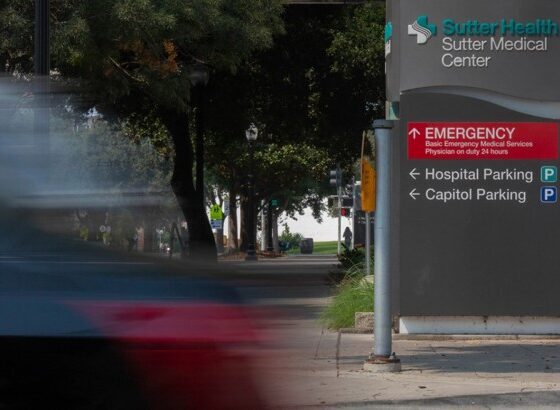Looks like single payer healthcare coverage is very much alive in Vermont. Even though the national public outcry over a single payer system, deemed as socialized medicine, is very much real, Vermont is not the only state exploring and looking for alternatives to curtail the unsustainable rise in healthcare costs. The article makes good points about those who have no insurance and those that are underinsured with only the basic minimum coverage.
Vermont Public Radio
While healthcare reform came under fire in many parts of the country, a single payer system is very much on the horizon in Vermont.
Vermont’s new governor-elect Peter Shumlin makes the case for a single payer system first and foremost as an economic issue based on the trajectory of cost increases for the state, employers and individuals. Shumlin campaigned on a platform that calls for implementation of a single payer system, with benefits that follow the individual and are not a requirement of the employer. The system would reimburse based on outcomes rather than fee for service using technology for medical records and payment. It would also eliminate private insurers and their administrative costs.
Earlier this year, Harvard Economics Professor William Hsiao, an expert on health care systems, was commissioned by the Vermont legislature to develop implementation plans for healthcare system options including a single payer system. In a New York Times interview, Hsiao contends that “you can have universal coverage and good quality health care while still managing to control costs. But you have to have a single-payer system to do it.”
Vermont would require a waiver from the federal government to implement a single payer program. Shumlin is already lobbying President Obama about this waiver. According to Shumlin, “the waivers is the easy part. The hard part is designing a single payer health care system that works and that delivers quality health care, gets insurers off our providers’ backs, has a reimbursement system that makes sense. … I believe if we design that system, we can sell it.”
There is solid evidence to back up Shumlin’s belief. Exit polls tallied 59% of Vermont voters either backing national health care reform as-is (16%) or backing expansion of reform (43%). And with the Vermont executive and legislative branches firmly controlled by one political party, there is the very real opportunity for a viable single payer system to be enacted.
According to Shumlin, “in Vermont, the cost of health care is estimated to increase by $1 billion from 2010 to 2012. For the average Vermont family of four that’s a $7,000 increase on top of the $32,000 that we now spend for health care coverage each year. Our rate of increase exceeds the national average. It is not sustainable. Health care costs are crippling our economy, hampering business growth, driving up property taxes, and bankrupting too many individuals. These costs must be brought under control. The only way to do this is for the state of Vermont to lead the nation in comprehensive health care reform. 47,000 Vermonters have no insurance. When these Vermonters become sick, they are faced with a choice—seek the care they need and risk bankruptcy, or avoid care and face debilitating health or even death. When they do choose to seek care, it is the insured that pay for it. This is an unacceptable choice in a civilized society. It also imposes ethical dilemmas on health care professionals trying to treat the uninsured. Unfortunately, this problem isn’t confined to the uninsured. Tens of thousands of Vermonters are underinsured. All too often Vermonters don’t get the care they need because of unaffordable deductibles, co-pays, and coinsurance.”


